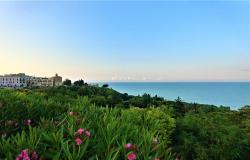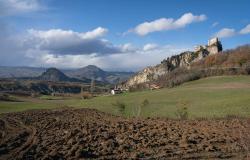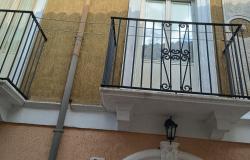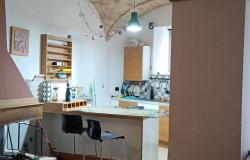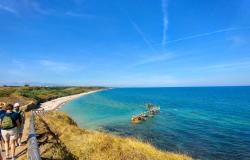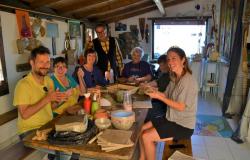All of L'Aquila's artistic heritage suffered serious damage in Monday's earthquake, the Abruzzo regional culture department said Wednesday.
Specialist teams have begun to suvey the extent of the damage to sites in L'Aquila and neighbouring towns but their work was hampered by the risk of further collapse.
''For the moment we can't do anything,'' said departmental architect Augusto Ciciotti.
''It's going to take months to make an inventory, stabilise the buildings, make a list of the damage, empty libraries, move paintings and statues and put them in warehouses we have yet to identify,'' he said.
Culture Ministry Secretary-General Giuseppe Proietti said work could not be carried out until buildings were made secure after lessons learnt from a rescue operation following two strong earthquakes that struck on the same day in the Umbria and Marche regions in 1997.
Following the first quake, two culture ministry surveyors examining damage in the Basilica of St Francis of Assisi were killed by falling rubble as a second, even stronger quake hit the region.
''Our priority is to erect scaffolding and supports to secure unsafe buildings,'' Proietti said. ''Without this we cannot begin our work''.
Proietti said a team had so far been unable to enter the 16th-century castle that houses the National Museum of Abruzzo.
Created in 1950, the Museum unified the collections of the civic and diocesan museums as well as a private collection of paintings from the 17th and 18th centuries and includes a beautifully preserved fossilised skeleton of a prehistoric elephant found near the town in the 1950s.
The third floor of the castle collapsed in Monday's quake.
''The ancient access bridge has been heavily damaged and inside there's a danger of new collapses after the one on the third floor,'' Proietti said.
''We are thinking about using a crane to get over the walls and move the museum works to safety as soon as possible,'' he said, adding that the museum was being guarded against looters.
Teams were also unable to make any inroads into recovering L'Aquila's state archives after the prefecture that housed them was flattened by the cupola of the next door 18th-century Baroque church of St Augustine. '
'We don't know in what state we'll find the medieval documents, books and other material relating to the story of L'Aquila, but the estimated damage is incalculable,'' said Ciciotti.
Among other buildings damaged in the quake was Abruzzo's largest Romanesque church, the 13th-century Basilica di Santa Maria di Collemaggio, whose apse collapsed.
The Basilica, with its famed pink-and-white jewel-box façade, was the site of the coronation of Pope Celestine V in 1294 and thousands of pilgrims still flock there each year.
The cupola of the 17th-century Anime Sante church designed by Giuseppe Valadier and the bell tower of L'Aquila's largest Renaissance church, San Bernardino da Siena, were also down.
The Porta Napoli, the oldest and most beautiful gate to the city, built in 1548 in honour of the Holy Roman Emperor Charles V, was destroyed in the quake.
Some heritage sites in nearby towns were spared in the disaster, including the mountaintop fortress of Rocca Calascio, the highest fortress in Italy, which dates to the tenth century AD and has suffered damage in other quakes over the centuries.
Rome culture chief Umberto Croppi said a number of works by the 13th century painter Maestro di Fossa had been saved because they were on show in Rome when the church of Santa Maria ad Criptas in the town of Fossa was badly damaged in the quake.



